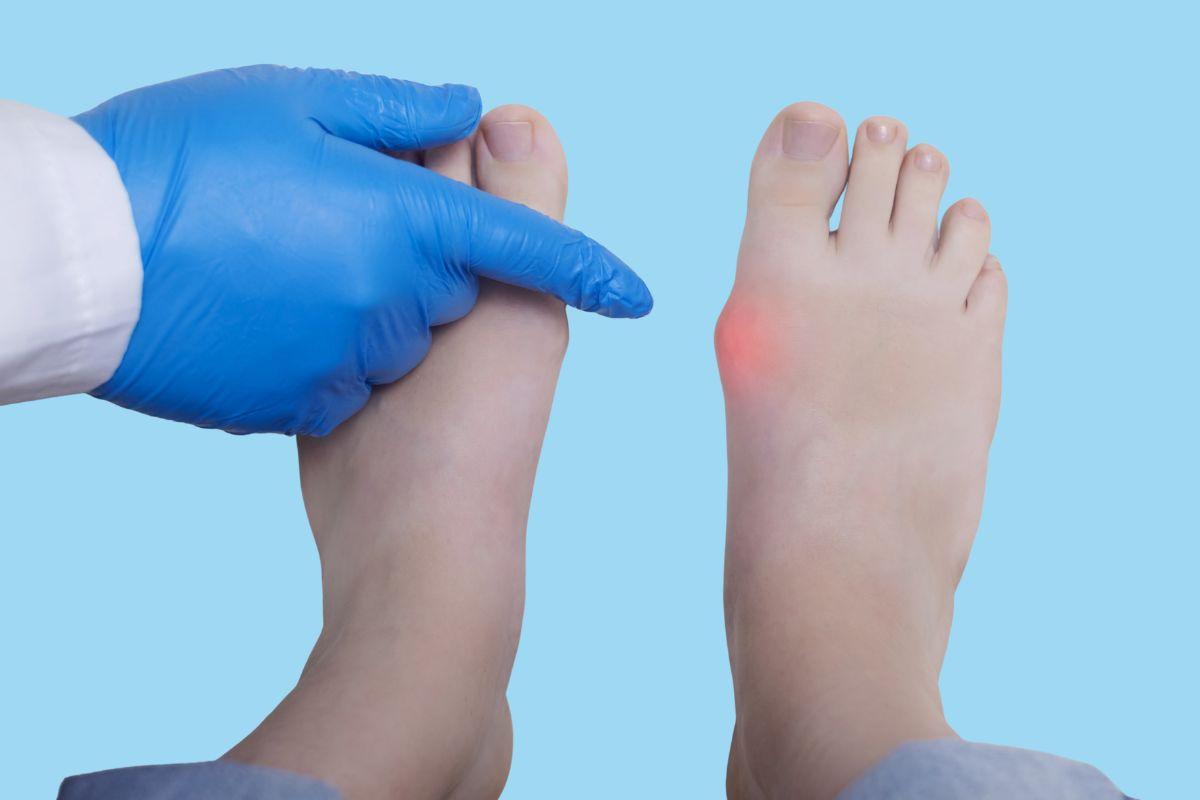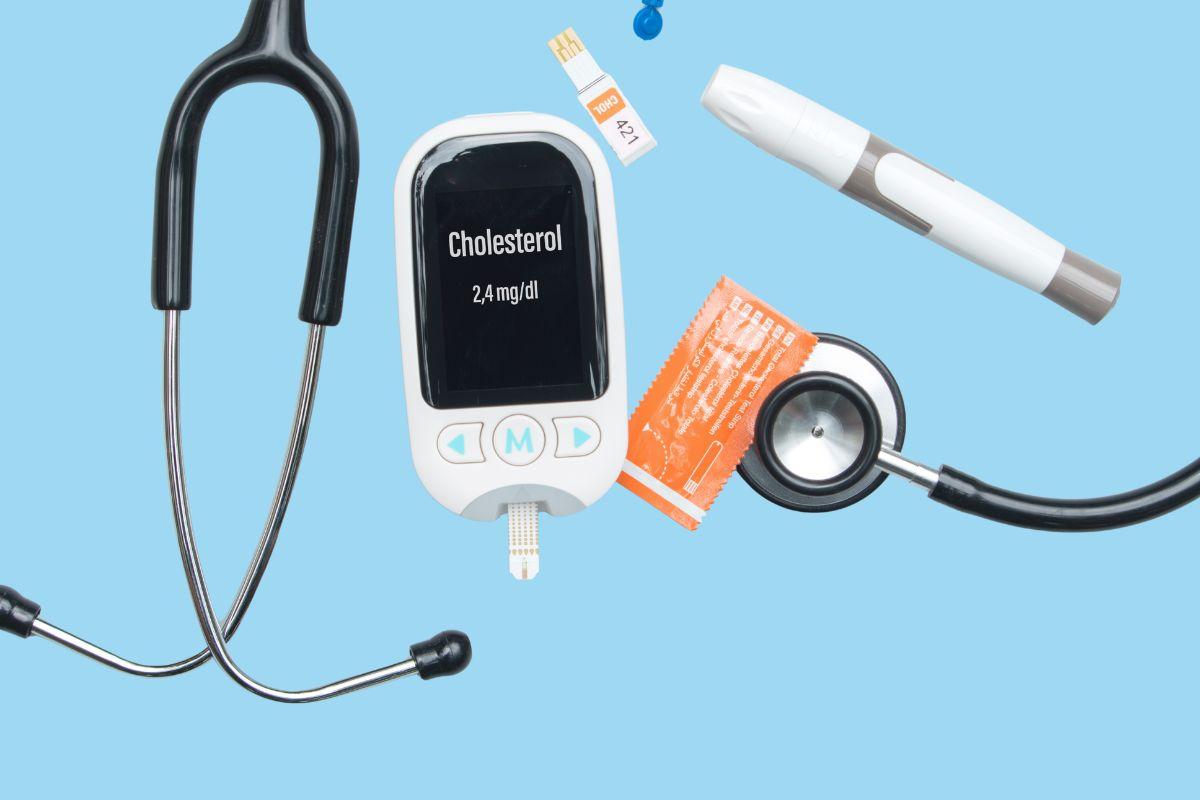Living with a bone deformity can be challenging. It may cause pain, difficulty walking, or reduced mobility, making everyday activities harder than they should be. While some cases can be managed with physiotherapy, braces, or lifestyle adjustments, surgery is sometimes the best way to restore alignment and function.
If you are considering your options, Doctify provides access to experienced orthopaedic surgeons who can guide you through personalised treatment plans.
What Is a bone deformity?
A bone deformity occurs when a bone develops or heals in an abnormal shape or angle. Some people are born with deformities due to congenital conditions or growth plate issues in childhood. Others may develop them later in life after fractures, trauma, arthritis, or long-standing joint strain.
Symptoms vary but can include visible misalignment, pain during movement, uneven posture, joint stiffness, or difficulty bearing weight on the affected limb.
Non-surgical management options
Not all bone deformities require surgery. Many people find relief through:
- Physiotherapy, which improves strength, flexibility, and mobility.
- Orthotics, such as braces or shoe inserts, to help redistribute weight and reduce joint strain.
- Pain management, using medications or activity modification to ease discomfort.
These approaches can be effective for mild deformities and are often recommended before surgery is considered.
When surgery may be the right choice
Surgery becomes an option when a deformity significantly limits daily life. This includes situations where pain is persistent, walking or climbing stairs becomes difficult, or non-surgical options have failed to provide relief.
Severe deformities can also place uneven pressure on joints, leading to early arthritis or long-term damage. Corrective surgery may help prevent these complications.
What is an osteotomy?
One of the most common procedures for bone deformities is an osteotomy. This is a planned surgical cut in the bone designed to restore normal alignment.
Osteotomies can be performed on the legs, hips, arms, or other affected areas. The goal is to redistribute weight evenly across joints, relieve pain, and improve function. In younger or middle-aged adults, an osteotomy may delay the need for joint replacement, preserving natural movement for longer.
Benefits of surgical realignment
For many patients, surgical correction brings major improvements. Walking tolerance increases, posture becomes more balanced, and everyday movements feel easier. Patients often notice reduced pain, better joint function, and the ability to return to activities they had previously given up.
Long term, surgery can help prevent further wear and tear on the joints, protecting against the progression of arthritis. The greatest benefit, however, is often an overall improvement in quality of life and renewed independence.
Risks and considerations
Like any operation, corrective bone surgery carries some risks. These may include infection, blood clots, or delayed bone healing. Recovery is not instant — it can take several months before full mobility returns.
Success depends on factors such as age, overall bone health, and commitment to rehabilitation. The reassuring news is that with careful planning and follow-up, most patients achieve very good outcomes.
Recovery and rehabilitation
Recovery after osteotomy or bone realignment surgery is a structured process. Patients may need to wear a cast or brace for a period of time, followed by gradual weight-bearing under their surgeon’s guidance. Physiotherapy plays a central role in restoring strength, flexibility, and stability.
Regular follow-ups with X-rays ensure that healing is progressing well. While it takes patience, most patients find their effort is rewarded with lasting improvements.
Questions to Ask Your Surgeon
If you’re considering surgery, it’s helpful to go into your consultation prepared. You may want to ask:
- Do I need surgery now, or are there alternatives?
- Which type of osteotomy or realignment is best for my case?
- How long will recovery realistically take?
- What results should I expect, and what are the risks?
Asking these questions ensures you fully understand your options and can make an informed decision about your care.
Conclusion
Living with a bone deformity can be difficult, but there are effective solutions. When non-surgical care isn’t enough, procedures such as osteotomy can restore alignment, reduce pain, and give you back mobility and independence.
With expert surgical care and a well-planned recovery, many patients experience excellent outcomes. If you are unsure whether surgery is the right option for you, consulting an orthopaedic surgeon through Doctify is a safe and reassuring first step.
Find the right specialist for you. Doctify uses verified reviews so you can make the best decision for your healthcare.

Find the best Orthopaedic Surgeons in the United Kingdom or search for the best specialists globally:
- Orthopaedic Surgeons in Ireland
- Orthopaedic Surgeons in Australia
- Orthopaedic Surgeons in the United Arab Emirates
- Orthopaedic Surgeons in Germany
- Orthopaedic Surgeons in Austria
Medically Reviewed
Last reviewed on 02/10/2025




